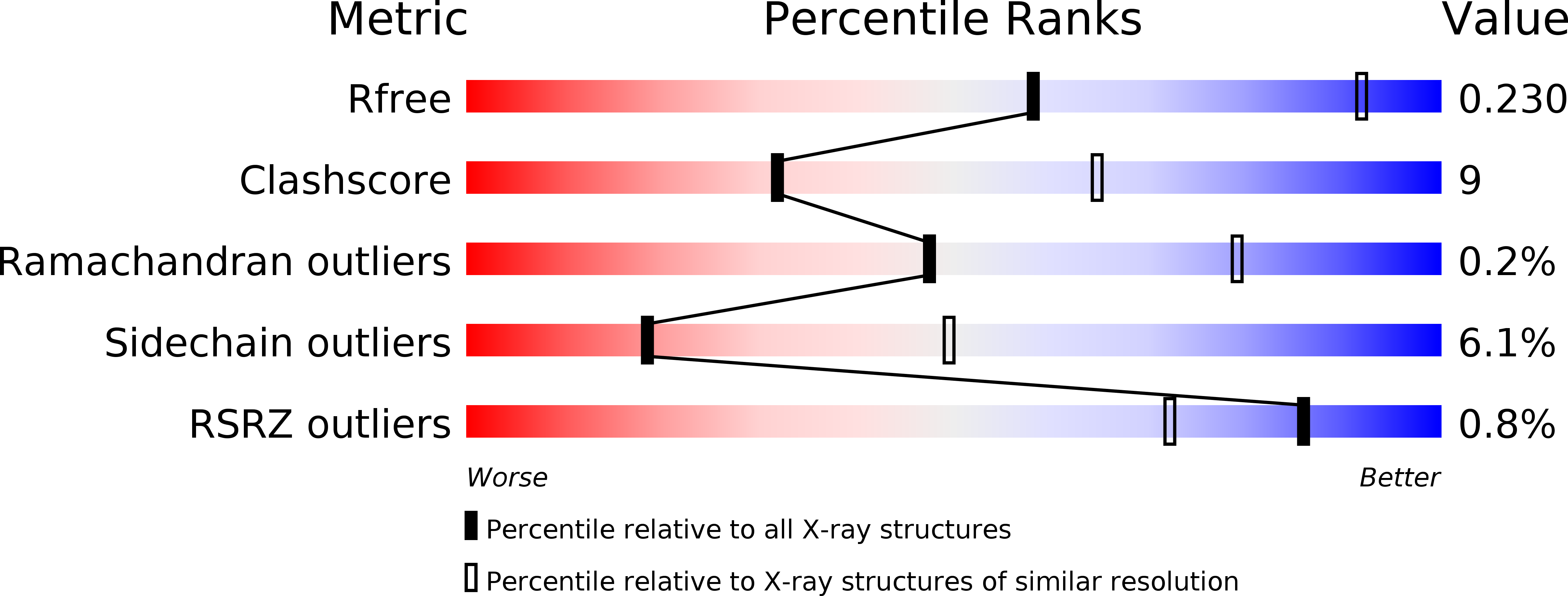
Deposition Date
2014-09-25
Release Date
2015-10-07
Last Version Date
2024-11-13
Entry Detail
PDB ID:
4V1D
Keywords:
Title:
Ternary complex among two human derived single chain antibody fragments and Cn2 toxin from scorpion Centruroides noxius.
Biological Source:
Source Organism:
HOMO SAPIENS (Taxon ID: 9606)
CENTRUROIDES NOXIUS (Taxon ID: 6878)
CENTRUROIDES NOXIUS (Taxon ID: 6878)
Host Organism:
Method Details:
Experimental Method:
Resolution:
3.10 Å
R-Value Free:
0.22
R-Value Work:
0.18
R-Value Observed:
0.18
Space Group:
P 2 21 21


